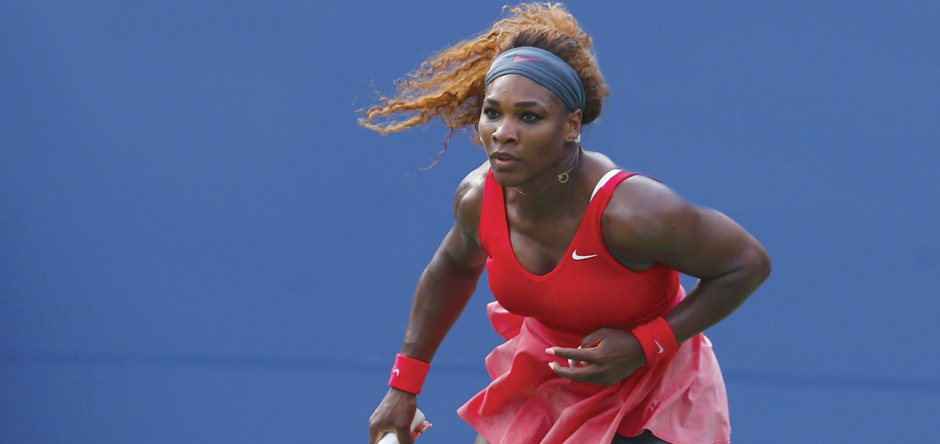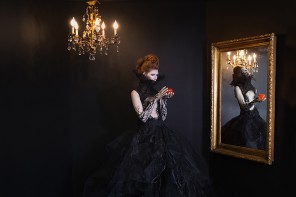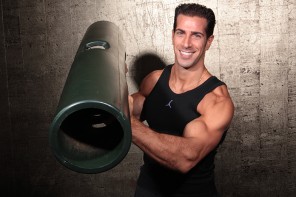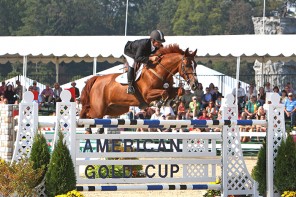At the US Open the end of this month, Serena Williams — one of the most successful players in tennis history — will attempt to become the first woman since Steffi Graf to win the Grand Slam — holding all four Slam titles in a calendar year.
Yet all anyone seems to be able to talk about nowadays is her looks. Indeed, as she has gone deeper into the Grand Slam run, comments about her strong, muscular body have become increasingly sexist, racist and misogynistic. Such is the nature of jealousy, of course, and of the Internet, where anonymity emboldens the brutal. But what is particularly troubling is the variety of seemingly innocuous, even flattering articles by major publications that reveal how deeply entrenched gender stereotypes are in our society and reflect the Gordian Knot that is the relationship of gender, beauty and power.
“Serena Williams looked like a Disney Princess at the Wimbledon Champion’s Ball” USA Today’s “For the Win” blog proclaimed. Sports Illustrated praised her as “the real American Pharoah.” (Should we be comparing a grown woman to a Disney princess and a horse, albeit a Triple Crown winner?)
And then there was The New York Times’ piece by Ben Rothenberg (yes, the same Ben Rothenberg who wrote the introduction to “The Stylish Life: Tennis,” featured on page 48 of this issue). In “Tennis’ Top Women Balance Body Image With Ambition,” Rothenberg sought to blow the lid off the nagging double standard of women’s athletics — you must be pretty as well as pretty accomplished — only to wind up, critics said, reinforcing it. (He wasn’t helped by quotes like this from Tomasz Wiktorowski, who coaches the 5-foot, 8-inch, 123-pound Agnieszka Radwańska: “It’s our decision to keep her the smallest player in the top 10. Because first of all, she’s a woman and she wants to be a woman.”)
Why is this still an issue in our post-feminist age — and not just for female athletes, who are on the front lines because of their physicality, but for women in any profession? Partly it’s because we can’t seem to quit the past any more than we can let go of our stereotypes of men and women. Tennis, thanks to advances in racket technology, is now entirely a power game. The days when teenage girls with pompons on their socks won big are over.
But power of all kinds has remained a sticky wicket for women — who are immortalized in art history for their softness, smallness, passivity and vulnerability and rarely for their Amazonian strength, while “with men, activity is implied,” says curator Bart Bland. (See page 12.) For eons, men have objectified and fetishized women’s looks as a way to attain and maintain power over them (although Bland says that this has been more unconscious than conscious on men’s part and all about lust.) Consciously or unconsciously, too, women turned that objectification into a kind of power, using their beauty to acquire status.
Only they found that beauty, a multibillion-dollar industry, is a double-edged sword: You then have to maintain a standard that shifts with the winds of fashion and time, one that you may never have set.
“It’s all very exhausting, isn’t it?” Bland says.
It is. And maybe the solution is for all of us to set our individual criteria for what we want to be. Or else, in the words of Teresa Jusino’s angry blog post on themarysue.com, “…start writing articles about how (Williams’) male Wimbledon counterpart, Novak Djokovic, looked like a freaking Disney Prince at the Wimbledon Ball or something to even this sh– out.”





